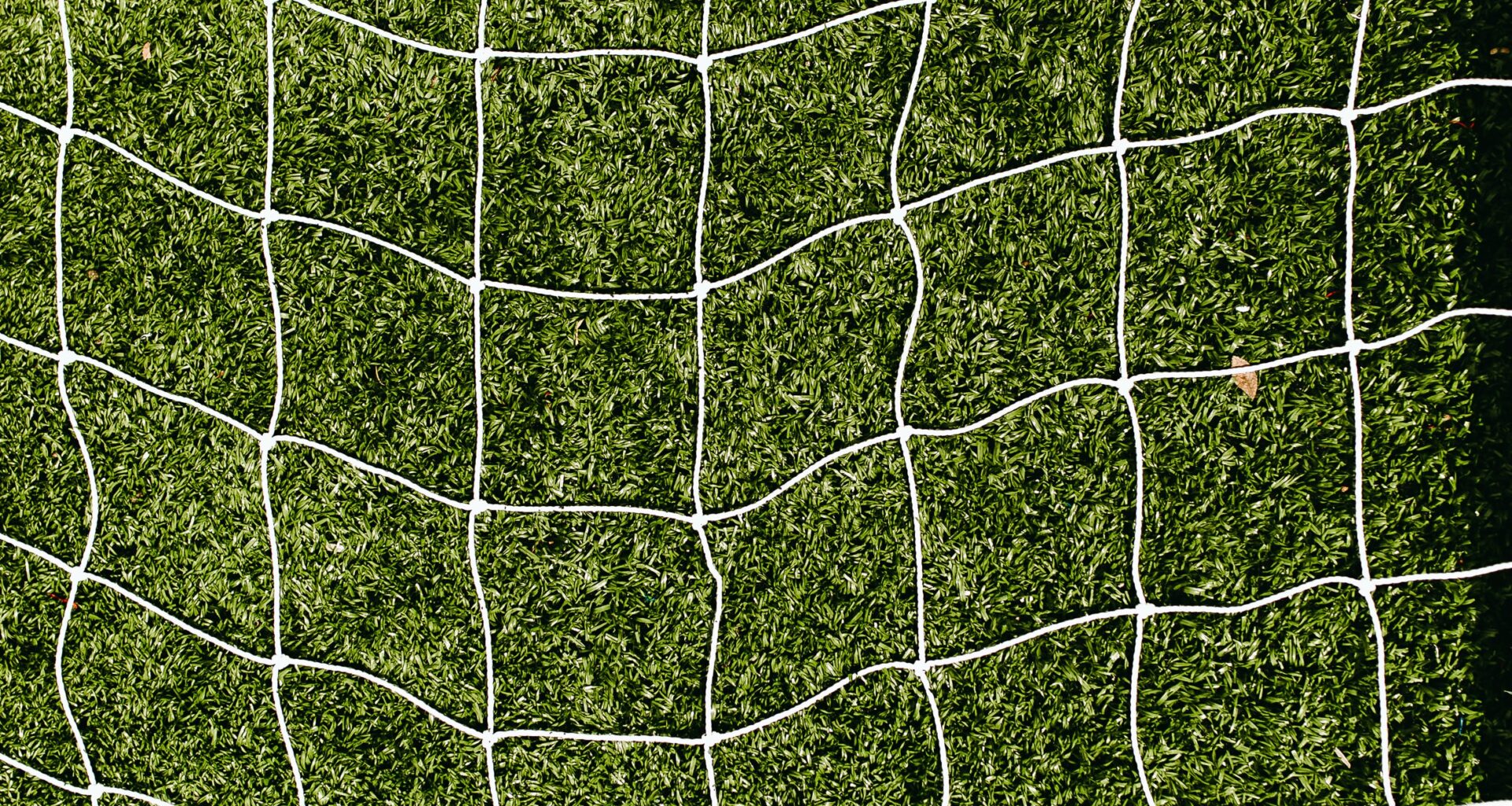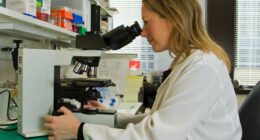Plastic manufacturing in the first 10 years of this century surpassed the total plastic production of the entire previous century. Global plastic production was estimated at 100 million metric tons in 1989, 200 million metric tons in 2002, and 300 million metric tons in 2013. By 2025 it is expected to reach 445 million metric tons, and by 2050 589 million metric tons.

Source: Statista Plastics Production Forecast Worldwide
According to the Organization for Economic Cooperation and Development, about 9% of plastic waste was recycled in 2019, with 19% incinerated, 50% put in landfills, and 22% otherwise disposed of. According to the United States Department of Energy, the US recycled only 5% of its plastic waste in 2019. The boom in plastic use and the inefficiencies involved in the production, use/reuse, and disposal of plastic is a very real and serious problem.
So there is an ever-growing amount of plastic being generated, and it’s not being recycled or even disposed of properly. What’s the problem? There are many, ranging from the health of the environment to the health of human beings. There is much we still have to learn about the effects of plastic in the ecosystem, but what we do know should spur us to find better solutions to the ways we make, use, and dispose of plastic materials. Here we will take a look at the problems and a potential recycling technology solution currently nearing commercialization.
Why Should I Care About Plastic Waste?
Beyond the unsightliness of gigantic pools of plastic waste accumulating in our oceans, plastics in our waterways cause a wide array of problems for plants and animals, from whales all the way down to zooplankton. The Great Pacific Garbage Patch is a famous, and gigantic, accumulation of plastic debris currently the size of the American Southwest. Marine life eats the garbage, mistaking it for food and sometimes getting entangled in the stuff. Plastic can fill animals’ stomachs and lead to starvation.
But plastic waste is found nearly everywhere, well outside the bounds of the garbage patch. Half of sea turtles worldwide have ingested plastic, and dead whales and seabirds are often found with guts full of plastic. The pollution and health effects are not limited to the consumption of large pieces of plastic. Plastic waste really becomes a problem the smaller it becomes. Microplastics are defined as pieces smaller than five millimeters, but the scale goes all the way down to nanoplastics small enough to enter individual cells. A recent study found that a quarter of fish at markets in California contained plastic in their guts, mostly in the form of microfibers.
The problem is certainly not limited to our oceans. Researchers are beginning to understand the scope of plastic pollution in our terrestrial ecosystems and the picture is not pretty. It is estimated that one third of all plastic waste ends up in soils or freshwaters, mostly in the form of micro- and nano-plastics. Terrestrial microplastic pollution is estimated to be anywhere from four to 23 times higher than marine pollution, depending on the environment. Microplastics are in our sewage, our plants, our food. They have been detected in our salt, our sugar, and even our beer.
So what effects do microplastics have on organisms? Scientists are busy figuring out the scope of the effects. According to the referenced study, “additives such as phthalates and Bisphenol A leach out of plastic particles. These additives are known for their hormonal effects and can potentially disrupt the hormone system not only of vertebrates, but also of several invertebrates. In addition, nano-sized particles may cause inflammation; they may traverse or change cellular barriers, and even cross highly selective membranes such as the blood-brain barrier or the placenta. Within the cell, they can trigger changes in gene expression and biochemical reactions, among other things. The long-term effects of these changes have not yet been sufficiently explored. However, it has already been shown that when passing the blood-brain barrier nanoplastics have a behaviour-changing effect in fish.”
Researchers, with great effort and expense and advanced technology, are tracking the distribution and effects of nanoplastics down to the 25 micrometer (one millionth of a meter) range. The scientists have not documented widespread human health effects as of yet, but believe the time is coming soon. And with plastic production (and waste) continually on the rise, the amount of accumulated plastic in the environment is only increasing. As Tamara Galloway, an ecotoxicologist at the University of Exeter, UK, put it, “There’s no point producing things that last for 500 years and then using them for 20 minutes. It’s a completely unsustainable way of being.”
A Potential Solution
Reduce, reuse, recycle. We’ve all heard the slogan, but it’s not working. There are several major hurdles to widespread recycling of plastics. These include the relatively high cost of recycled materials compared to virgin plastic, the inability of many recycling technologies to deal with impurities in the stock material, and the scalability of plastic recycling plants. Aduro Clean Technologies (CSE: ACT) (OTCQB: ACTHF) (FSE: 9D50) has developed a patented, water-based Hydrochemolytic™ (HCT) recycling platform technology that overcomes these hurdles.
The HCT system works with a wide array of input materials. Current systems are incapable of handling as much as 80% of potential plastic feedstock, either because of impurities or because of the variety of plastic resin types used. HCT opens the door to recycling that lost 80% of potential recycling material efficiently and economically. HCT uses significantly less energy than current technologies, and can easily be scaled from small communities to regional operations. Aduro’s HCT platform turns about 85% of the original material into new usable stock compared to 50-60% returns from current methods. Operating costs are greatly reduced, providing an economic incentive for customers and an end product that is competitively priced compared to virgin plastic products.
Aduro is currently building two pilot projects, one in Canada and one in the Netherlands, to prove the technology works on a continuous and larger scale outside of the laboratory. Both projects will initially be capable of processing tons of stock per day, with plans to expand into larger capacities should the pilot prove to be a success. The ease of scalability and the wide variety of potential applications for HCT are hallmarks of the system. The technology can be very localized to decrease the cost and hassle of transporting plastic waste feedstock, and it can treat a broad range of types of plastics. The Canadian project is initially focused on agricultural polyethylene prior to expanding into polypropylene and polystyrene. The Netherlands project is focused on polyethylene. HCT can even be used to upgrade heavy crude oil and bitumen into lighter crude more conducive to pipeline transportation, and to upgrade waste vegetable oils into renewable fuels and specialty chemicals.
The overall goal of these projects is to create a more sustainable, circular economy for plastics. Waste reduction, efficient and clean production of new plastics, and relatively low energy use are all benefits of the HCT platform. As Lucie Wenmakers, Business Development Manager at Brightlands in the Netherlands, put it, “Aduro HCT is a valuable addition to the innovative technologies that are being scaled up at Brightlands as part of the Chemelot Circular Hub. It offers benefits due to the low temperature process, high yield, lack of aromatics formation, and ability to use inexpensive feedstocks and catalysts.”
Technologies like Aduro’s are crucial in the effort to limit the rapidly growing problem of plastic waste in our ecosystems, our foods, and our bodies. The scale of the issue is fairly overwhelming and can seem insurmountable. But as Lao Tzu stated centuries ago, the journey of a thousand miles begins with a single step. Aduro Clean Technologies has taken several of those steps already, and is on the verge of commercializing its compelling and potentially crucial Hydrochemolytic™ recycling solution. Keep an eye out for more news surrounding this breakthrough technology.
Interested parties are encouraged to contact the company directly.
Ofer Vicus, CEO
ovicus@adurocleantech.com
Abe Dyck, Investor Relations
ir@adurocleantech.com
+1 604-362-7011









